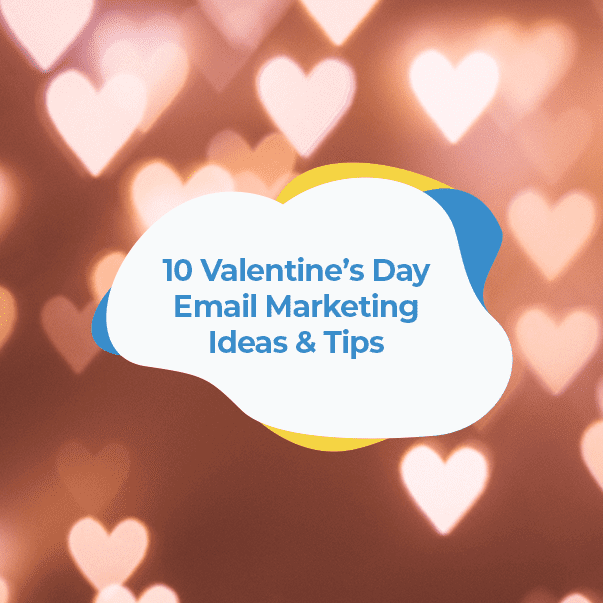Marketing ROI Explained: A Beginner-Friendly Guide to Measuring and Improving Your Results
For anyone just starting in digital marketing, understanding how your efforts translate into profit is essential. That’s where Marketing ROI—Return on Investment—comes in. Put simply, it tells you how much revenue you earn for every dollar spent on marketing. Whether you're using email campaigns, social media ads, or other digital tools, tracking ROI helps you see what’s working and what’s not. In this article, you’ll find marketing ROI explained in simple terms, along with tips on how to improve it using email and digital tools.

So, how do you calculate marketing ROI? The basic formula is: (Revenue from marketing – Marketing cost) ÷ Marketing cost x 100 For example, if you spend $1,000 on an email campaign and earn $5,000 in sales from it, your ROI is ((5000 – 1000) / 1000) x 100 = 400%. That means you made four times what you spent. To calculate this accurately, make sure you track where your sales are coming from—using tools like Google Analytics, UTM codes, or built-in email tracking features.
Email marketing is one of the easiest ways to boost ROI because it’s low-cost and highly targeted. You can improve results by segmenting your email list (sending tailored messages based on user behavior or preferences), using catchy subject lines, and optimizing for mobile. Tools like Mailchimp, Klaviyo, or HubSpot make it easy to automate campaigns and track open rates, click-throughs, and conversions—all of which help you measure success.
To improve your overall marketing ROI, you should also test and adjust your strategies. Run A/B tests on different email headlines or landing pages, analyze which types of content get the most clicks, and refine your audience targeting. Digital marketing tools provide real-time data that helps you make smarter decisions faster. Focus your budget on what brings the best results and eliminate what doesn’t perform.
In summary, having marketing ROI explained in a beginner-friendly way helps you build a foundation for smarter marketing. By combining email marketing with digital tools and clear tracking, even small businesses can see a big return. With consistent effort and data-backed decisions, improving your marketing ROI is not only possible—it’s expected.






